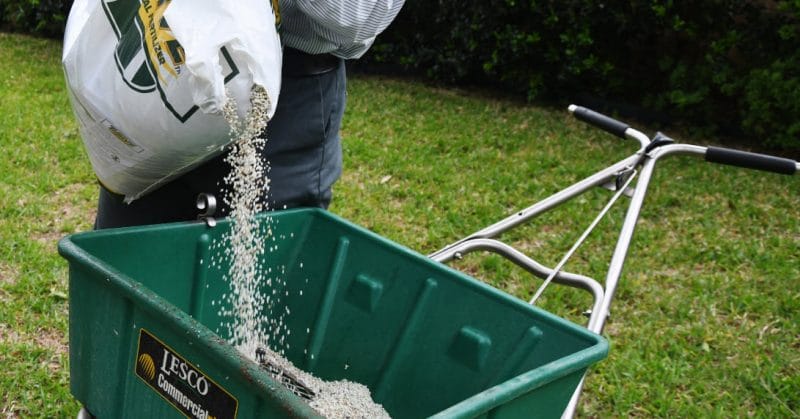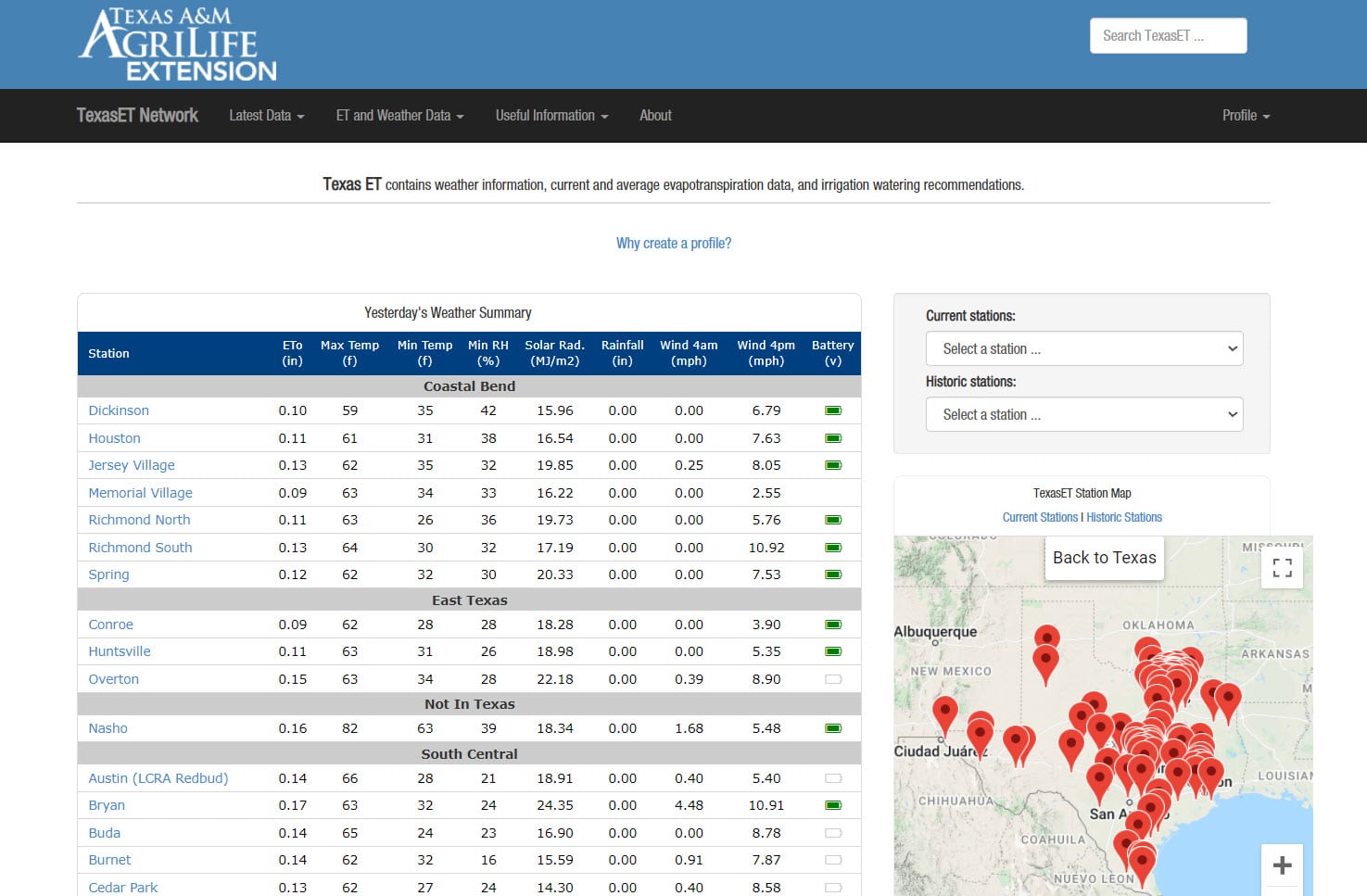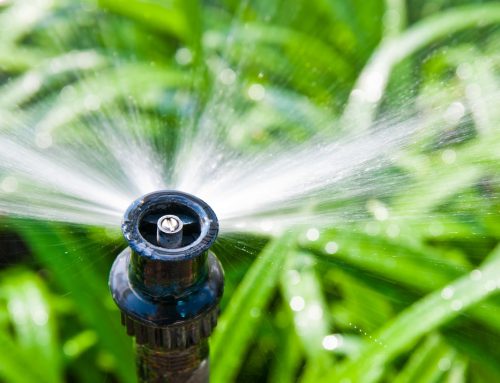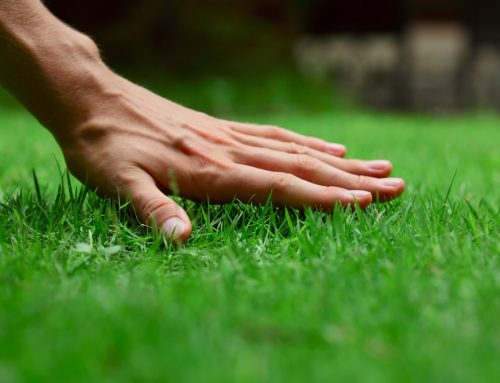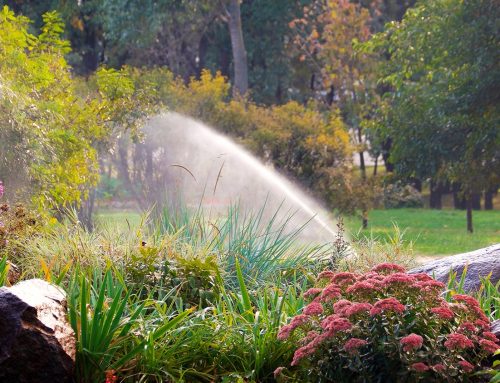“Springtime is a good time to prepare lawns for a healthy summer as warm-season grasses come out of dormancy and begin to green up”, says Dr.Becky Grubbs, Texas A&M AgriLife turfgrass specialist. “Lawn care is a multifaceted effort homeowners can tackle if they follow Texas A&M AgriLife recommendations and invest the time to create healthy, thriving grasses”.
Texas A&M AgriLife has several online resources available to help homeowners establish and maintain turfgrass. Aggie Turf at https://aggieturf.tamu.edu/ has extensive information about caring for species including Bermuda grass, St. Augustine, buffalo grass, seashore paspalum and others.
The site also provides information regarding identification and treatment of common weeds and insect pests and publications that address specific weed, disease and pest issues.
THATCH:
One thing all homeowners can check for is excess thatch – a layer of living and dead grass stems, roots, rhizomes and stolons, which are new plant growth that develops between the live green vegetation of a lawn and the soil surface. The thatch layer is composed of plant parts at various stages of decomposition, according to an AgriLife Extension publication.
FERTILIZER:
Once past the window of a last frost, Grubbs said homeowners should ramp up their grasses’ access to nitrogen via fertilizers. The nitrogen requirements for grasses vary with species, but most warm-season varieties should receive nitrogen fertilizer every four to six weeks.
Bermuda grasses, for instance, can require moderate-to-high levels of fertilizer.
WATER:
“Like fertilizers, grass species also require different amounts of water”, Grubbs said. “Making a recommendation on water is difficult because it varies so much with location, grass species and ever-changing environmental conditions”.
AgriLife Extension has a resource at http://texaset.tamu.edu/ that provides evapotranspiration rates and watering needs based on current conditions for around 50 locations around the state.
Evapotranspiration, which is the rate water evaporates into the atmosphere by evaporation and by transpiration from plants, for some areas can be found by going to the site and clicking on the county or weather station nearest their lawn, she said. It will calculate how much water needs to be applied with the input of a little information.
Read more about making your lawn the envy of the neighborhood by visiting AgriLife Today

